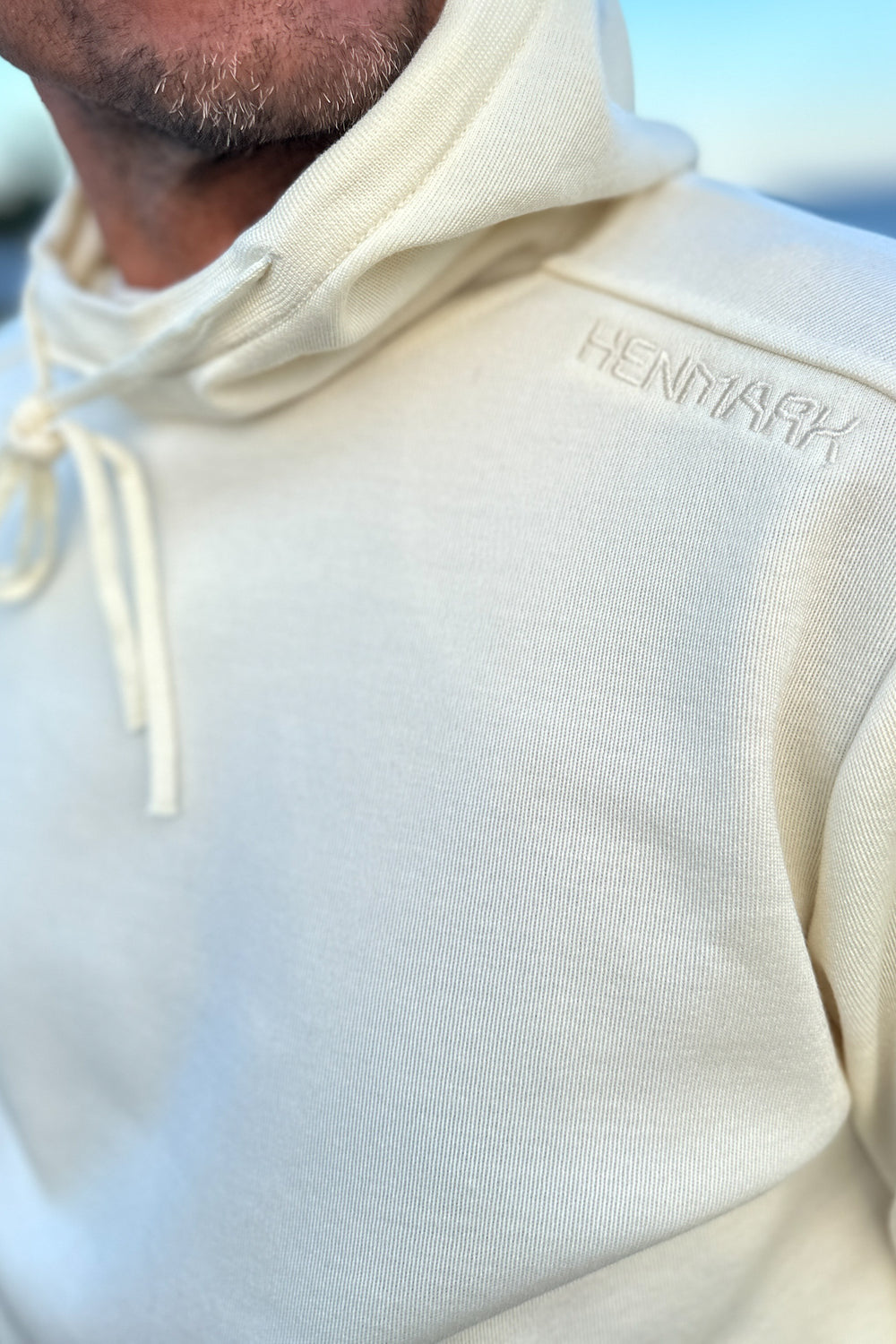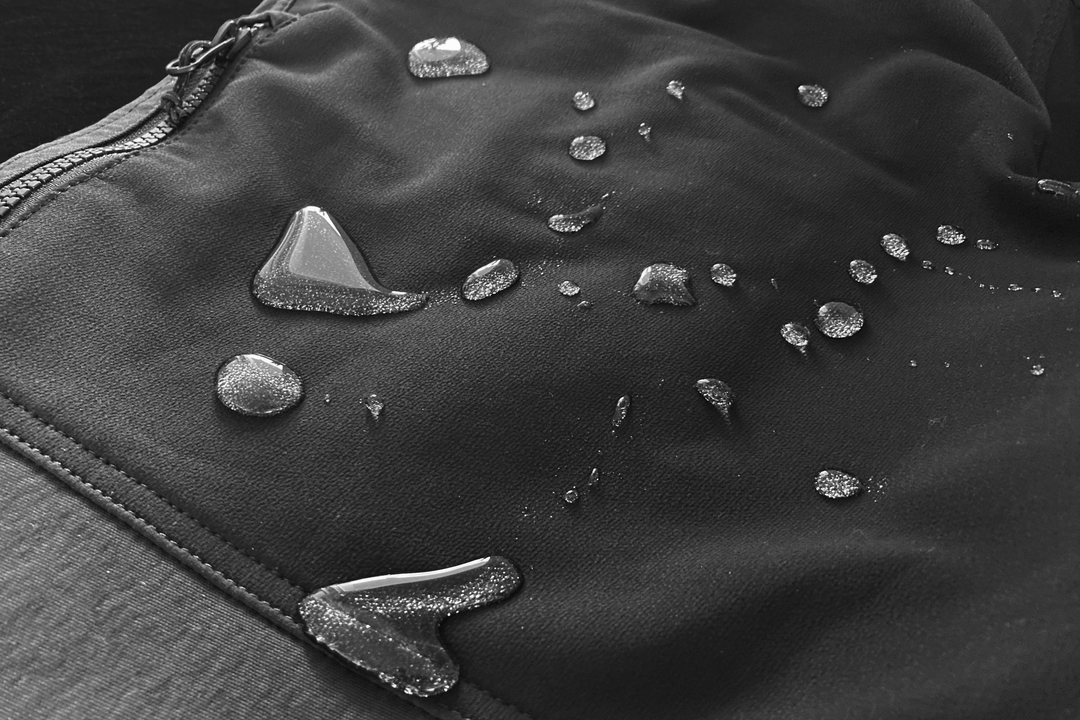HOW ABOUT DURABILITY?
As many of us know - our clothing purchases have a major impact on the climate, environment and people. The clothing industry uses raw materials, chemicals and water. Loads of. The production accounts for emissions of greenhouse gases on a par with aviation and boat traffic. Together. It is not always that production takes place under decent working conditions. There are dangerous microplastics that migrate from synthetic garments when washed, and questionable substances are still used in many fabrics today. In short, the clothing industry is pretty shitty. At the same time, clothing consumption has increased by almost 30 percent in the last 30 years. The average Swede now buys 13 kg of clothes and throws away 8 kg. Every year. Not particularly sustainable, in other words.
After all, a lot of positive things also happen. Perhaps most of all within our own outdoor industry, if we may say so. Sustainability has been the main theme at most industry fairs and events for the last 7-8 years. Here there are actors to look up to and to be inspired by. Clothing brands and suppliers who actually stand up, act and who drive development in a more sustainable direction. Over time, we ourselves want to be involved and drive the development. It is at the same time complex and there are few simple truths.
Today, we have two overall focus areas:
1. LIKED PRODUCTS THAT LAST. We also see reduced clothing consumption as the only way forward. Our task is to develop clothes that you really like and take care of. Ideally, it should be your new favorite. Garments you hang on to for a long time and repair the day it is needed. Well, we promise to help you if you want. If we succeed in our task, we can contribute to reduced consumption.
2. KNOW OUR SUPPLY CHAIN. After many years in the industry, we see the importance of keeping track of the supply chain. The chain is complex and few things are static. The more information and knowledge we have, the greater the opportunity to make good decisions, to avoid pitfalls and to find future solutions together with talented suppliers and industry colleagues.








